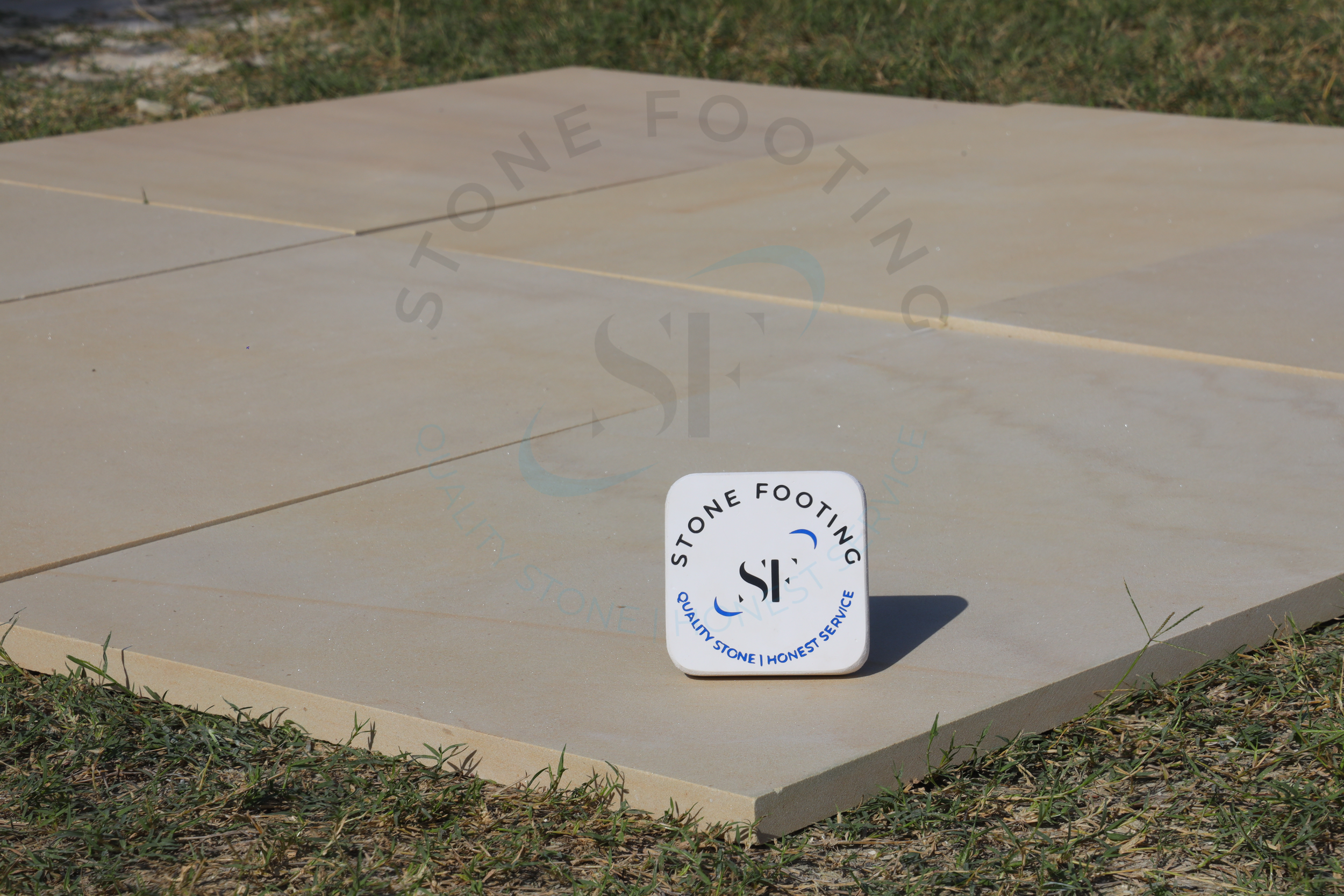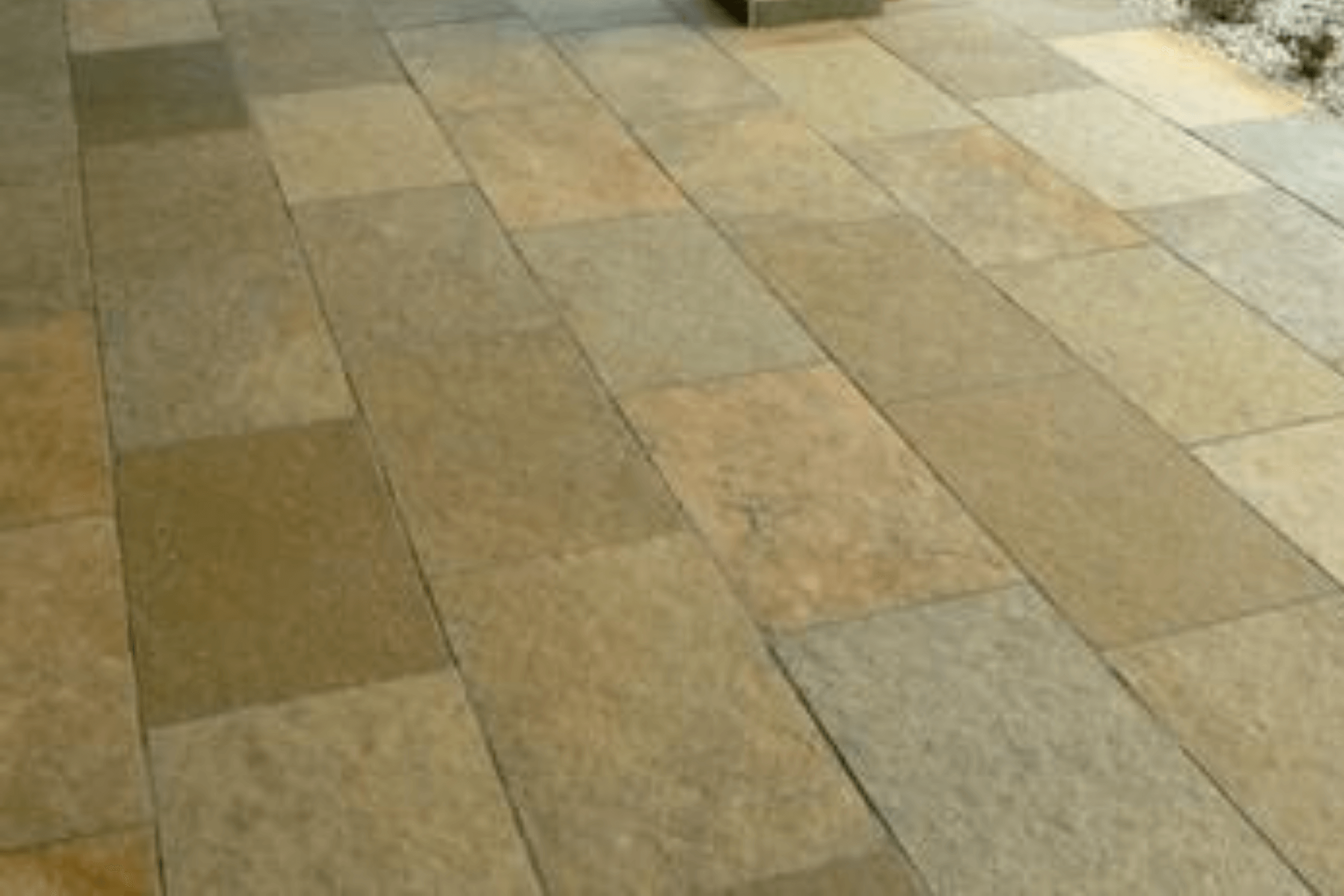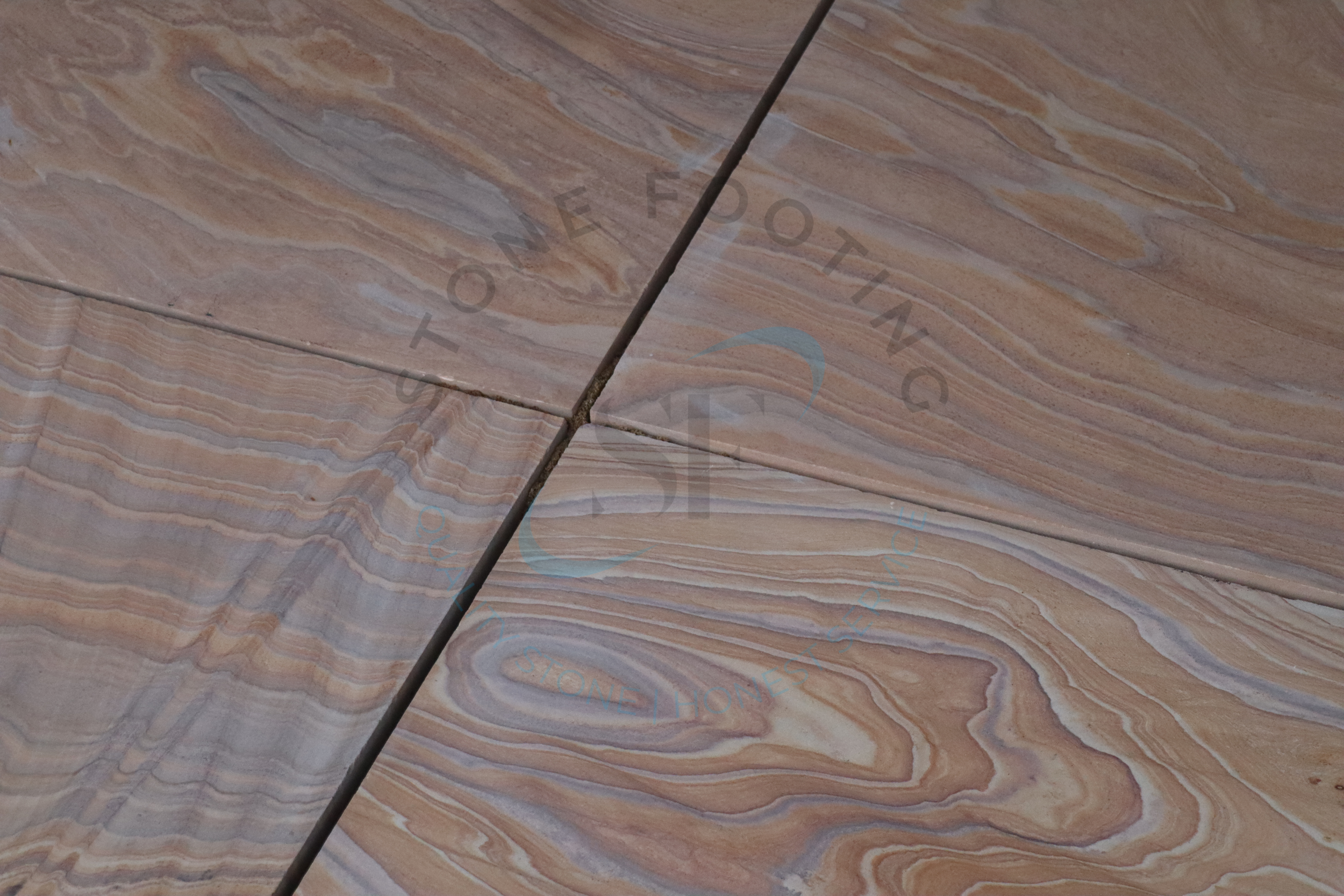Travertine Tile Vs. Limestone Tile: The Pros & Cons

Travertine tile vs. limestone tile – there are many differences between these two types of flooring. Travertine is a special type of tufa rock that can be created into stunning flooring products, while limestone is an abundant material found in both natural and man-made geological formations. They just offer two very different looks, which can make a decision difficult. In this blog post, you’ll find out all about these two most popular types of tiles!
Travertine Vs. Limestone Flooring Tile
- Travertine and limestone are both sedimentary rocks that form from calcium carbonate deposits. They share many of the same properties, but there are also some key differences between the two.
- Both travertine and limestone are quite durable and resistant to wear and tear. They are also easy to clean and maintain. However, limestone is more susceptible to staining than travertine.
- Limestone is available in a wide range of colors, from pale cream to dark grey. Travertine, on the other hand, typically has a more limited color palette, with shades of brown, tan, and white being the most common.
- When it comes to price, travertine is usually slightly more expensive than limestone. This is because it is generally considered to be a more premium material.
If you’re trying to decide between travertine and limestone for your next residential or commercial space improvement project, weigh the pros and cons of each material carefully before making your final decision.
What are the benefits of travertine & limestone tile?
There are several benefits to travertine tile including its durability, its natural beauty, and its slip-resistant surface. Travertine is also a very popular choice for flooring because it is easy to clean and maintain.
Limestone tile has many of the same benefits as travertine including its durability and natural beauty. Limestone is also a popular choice for flooring because it is easy to clean and maintain. One advantage that limestone has over travertine is that it is not as porous, so it is less likely to stain.
Travertine and Limestone: Which tiles are more popular?
If you’re considering adding natural stone tile to your home, you may be wondering which one is right for you. Travertine and limestone are two popular choices, but they each have their own pros and cons. Here’s a closer look at each type of tile to help you make a decision:
Travertine Tile : Pros & Cons
Travertine is a type of limestone that forms in hot springs or caves. It’s characterized by its unique pitted surface, which can be either smooth or rough. Travertine is available in a range of colors, from light ivory to rich chocolate brown. Because it’s a natural stone, each piece of travertine is one-of-a-kind.
Pros: Travertine is durable and heat-resistant, making it ideal for areas like kitchens and bathrooms. It’s also relatively easy to maintain – just sweep or vacuum regularly and mop with a mild cleanser when necessary.
Cons: Travertine can be susceptible to staining, so it’s important to seal it before use. It’s also not recommended for outdoor use in freezing climates, as the ice can damage the tile.
Limestone Tile: Pros & Cons
Limestone is a sedimentary rock that’s formed over millions of years from the remains of marine organisms. It has a smooth, uniform surface and is available in a variety of colors, including white, cream, and gray. Like travertine, each piece of limestone is unique.
Pros: Limestone is durable and easy to maintain. Just like travertine, it only needs to be swept or vacuumed regularly and mopped with a mild cleanser when necessary.
Cons: Limestone can be susceptible to staining and scratching, so it’s important to seal it before use. It’s also not recommended for outdoor use in freezing climates, as the ice can damage the tile.
How much do they cost?
When it comes to travertine tile vs. limestone tile, cost can be a deciding factor. Travertine is typically more expensive than limestone, but both materials offer a variety of price points to suit any budget.
For those looking for a more affordable option, limestone may be the way to go. Limestone tiles are typically less expensive than their travertine counterparts, making them a great choice for budget-minded business owners.
However, it’s important to keep in mind that cheaper doesn’t always mean better. When it comes to tile, quality should be your top priority. Be sure to compare prices and materials before making your final decision to ensure you’re getting the best value for your money.
Which tile should you choose for your home- Travertine or Limestone?
There are a few things to consider when choosing between travertine and limestone tile for your home. Travertine is a type of limestone that is more durable and less porous, making it a good choice for high traffic areas or places where spills are likely to occur. Limestone is more affordable and easier to cut and shape, making it a good choice for DIY projects or areas where you want a more custom look.
Both types of tile are available in a variety of colors and finishes, so you can find the perfect match for your home. When choosing between travertine and limestone tile, consider your budget, the level of traffic in the area, and the overall look you want to achieve.
Conclusion
Both travertine and limestone are beautiful, natural stone materials that can add elegance and durability to your home. But before you choose one over the other, it’s important to understand the pros and cons of each. With this information in hand, you can make an informed decision about which type of tile is right for your needs. However, finding the perfect option is not always as easy as it seems. Many people do not know where to begin looking for these kinds of products. Luckily, Stone Footing have taken the time to make a good selection of natural stone products available so that you can easily find what you need.
Frequently Asked Questions
Q. What is the difference between travertine tile and limestone tile?
Travertine is a type of limestone that is formed by hot springs or caves. It typically has a more textured surface than regular limestone and is available in a variety of colors. Limestone, on the other hand, is a sedimentary rock that is found in marine environments.
Q. Travertine Or Limestone –Which one is more durable?
Both travertine and limestone are quite durable, but travertine tends to be slightly more resistant to wear and tear.
Q. Travertine Or Limestone-Which one is more expensive?
Travertine is generally more expensive than limestone because it is less common and more difficult to extract.




